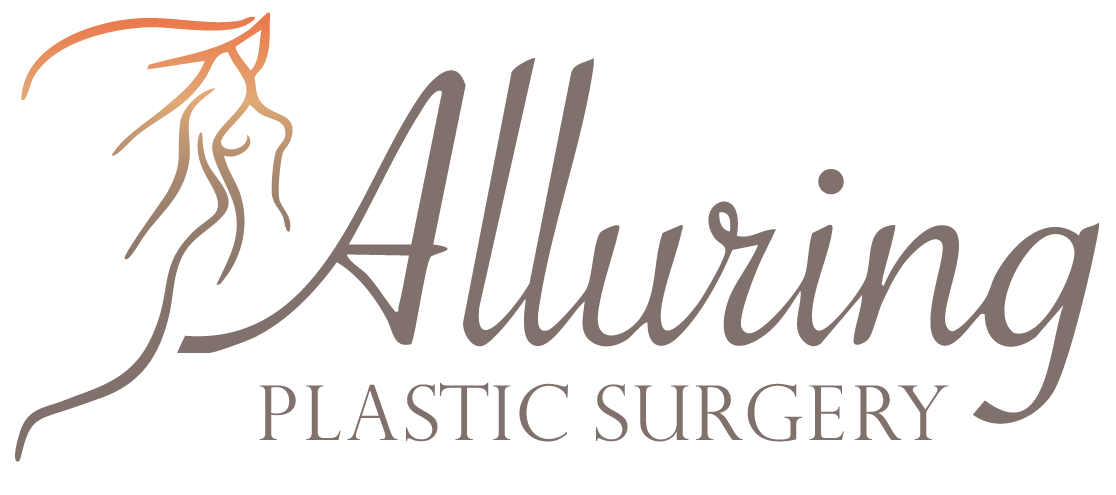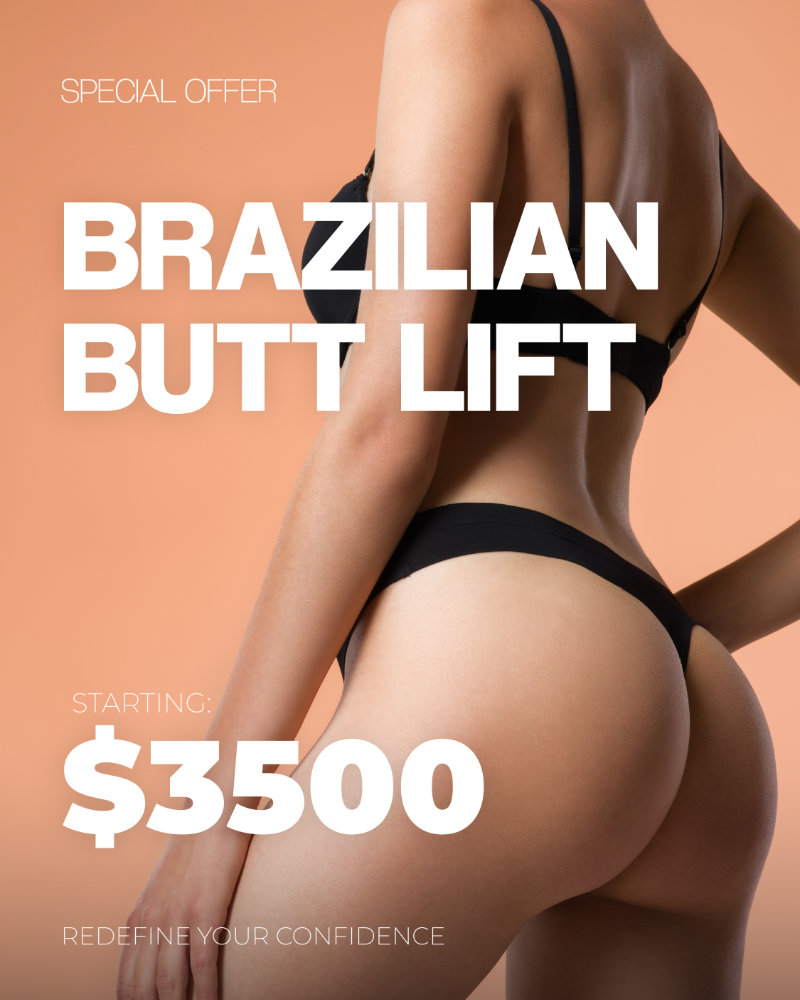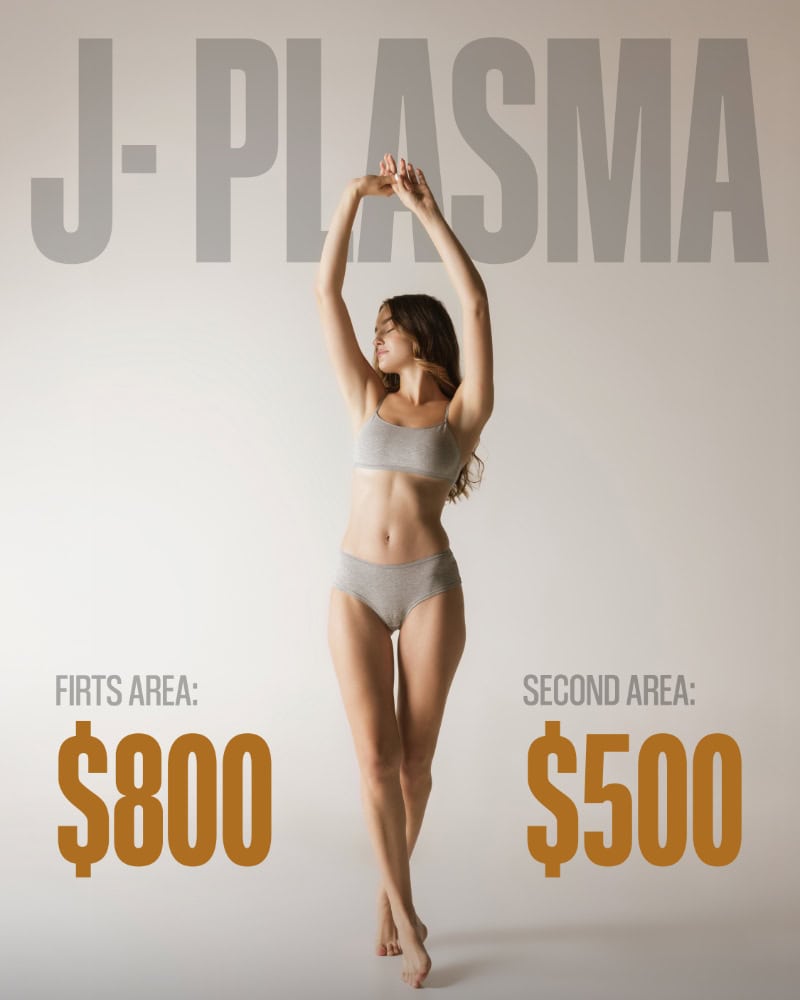If you’ve recently had Breast Augmentation and are eager to return to your favorite water activities, you’re probably wondering: “When is it safe to swim again?” While the ocean, pool, or even hot tub may be calling, diving back in too soon could compromise your healing and long-term results. Understanding the right time to resume swimming — and why it matters — is key to ensuring a smooth, complication-free recovery.
Although healing times vary, most patients can safely resume swimming about three to four weeks post-surgery, once the incisions are fully sealed and your surgeon confirms you’re ready. Until then, avoiding early water exposure helps prevent infection, wound separation, and implant complications that may require further treatment.
For a personalized consultation, contact Alluring Plastic Surgery today at (786) 305-8649 or fill out our online contact form to schedule your consultation today.
When Is It Safe to Swim After Breast Augmentation?
While the desire to return to normal activities after Breast Augmentation surgery is understandable, swimming requires careful timing to ensure proper healing and minimize complications.
During recovery, we must prioritize tissue regeneration and incision integrity above recreational pursuits. The healing timeline follows predictable phases, with initial wound closure occurring within the first two weeks following surgery.
By three weeks postoperatively, superficial skin layers typically achieve sufficient strength to resist minor water exposure. However, deeper tissue layers continue collagen remodeling for several months after surgery.
We recommend avoiding full submersion until cleared by your surgeon, usually around three to four weeks post-op. Until then, waist-deep water wading may be safe for brief social interaction — but complete avoidance is the most cautious and protective choice.
How Can Water Exposure Affect My Healing?
Now that we’ve reviewed when it may be safe to swim again, let’s explore why water exposure can be risky in the first place.
Although water may seem harmless, exposing healing incisions to aquatic environments can compromise your results and increase your risk of complications.
Water exposure creates pathways for bacterial contamination, which can lead to serious infections requiring antibiotics or even additional surgery. Immersion softens incision sites, weakening delicate tissue bonds and increasing the risk of wound separation or excessive scarring.
During early recovery, the skin’s protective barrier remains compromised, making it easier for harmful agents to enter and disrupt healing. Additionally, swimming often involves repetitive arm movements, which can put strain on healing tissues and potentially cause implant displacement.
Following your surgeon’s specific water exposure guidelines is key to achieving ideal recovery outcomes.
What Water Activities Are Safe During Recovery?
Several water-related activities can be enjoyed safely during the initial weeks of recovery — as long as incision protection remains your top priority.
Gentle wading in waist-deep water can allow for light social interaction while keeping the chest area dry. Occasional light splashing may offer relief or enjoyment, but only if your incisions are fully protected from direct water contact.
These low-impact activities provide psychological benefits while respecting your physical healing limitations. However, swimming laps, diving, or full immersion are strongly discouraged until you’re cleared by your surgeon, typically at three to four weeks.
Whenever you do engage in any water activity, thoroughly pat dry your incision areas afterward to avoid moisture accumulation, which can delay healing or trigger infection.
What Precautions Should I Take When Swimming Again?
Once your surgeon grants clearance to swim, it’s vital to follow specific precautions to protect your breast augmentation results.
Choose supportive swimwear that doesn’t require lifting your arms overhead, which can strain healing tissues. After swimming, gently pat your incision areas dry with a clean towel to prevent lingering moisture.
We also recommend applying broad-spectrum sunscreen (SPF 30 or higher) to all healed incision sites, as surgical scars are highly sensitive to UV damage — even weeks after closing.
Continue to monitor your incisions for any signs of irritation, redness, or unusual discharge. If any symptoms arise after water exposure, contact your surgeon promptly.
Quick Checklist Before Swimming:
- Incisions fully closed and dry
- No redness, swelling, or drainage
- Surgeon has officially cleared you
How Do I Know My Incisions Are Ready for Swimming?
Before entering the water, look for specific healing indicators to ensure your incisions are strong enough to handle exposure.
We assess whether your incisions are epithelialized (fully sealed) and dry, with no signs of scabbing, drainage, or inflammation. These characteristics demonstrate proper tissue repair and resilience.
Complete healing is typically observed around three to four weeks after surgery. At this stage, the skin becomes more water-resistant and better able to protect underlying tissues.
Still, surgeon clearance is essential before swimming. If you experience increased pain, discharge, or signs of infection, stop all water activities and seek medical advice immediately.
Learn More About Breast Augmentation Surgery in Miami
At Alluring Plastic Surgery in Miami, our board-certified surgeons specialize in breast augmentation procedures that deliver natural-looking, beautiful results. Our Miami team combines advanced surgical techniques with personalized care to help patients achieve the enhanced figure and renewed self-confidence they desire. We pride ourselves on supporting our patients throughout their entire transformation journey, from the initial consultation through recovery and beyond.
Ready to start your journey? For a personalized consultation, contact Alluring Plastic Surgery today at (786) 305-8649 or fill out our online contact form to schedule your consultation.




